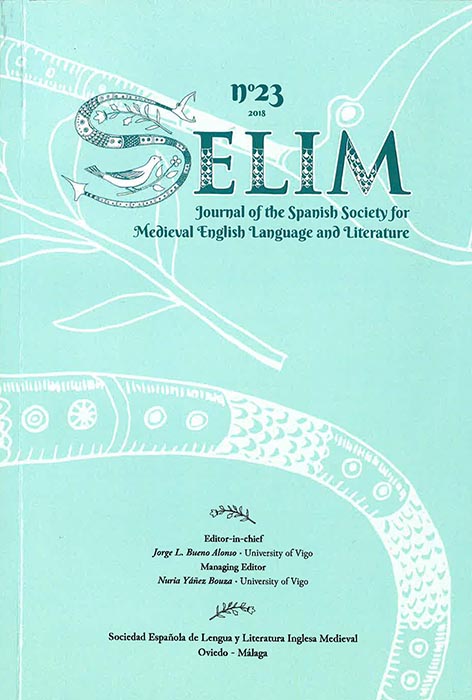Abstract
This article analyses the inflectional morphology of the present and the past participle of Old English, in adjectival function as well as in verbal function with bēon ‘to be’. The aim of the analysis is to determine whether or not the attachment of adjectival inflection depends on the function performed by the participle. The study is based on the evidence provided by the York Corpus of Old English. The role of Latin in the growing importance of the participle in Old English may be confirmed by the fact that in a selection of texts on the grounds of the absolute number of participles, four, out of ten, are translations from Latin. On the other hand, the results of the analysis indicate that translations from Latin present the lowest frequency of inflected participles, while the highest is found in Ælfrician texts. The main conclusion of this article is that the frequency of full inflection depends on the function of the participle. Whereas practically all adjectival participles are inflected for adjectival morphology, only one third of verbal participles receive adjectival inflection.
Keywords: Old English; participle; inflection; syntactic function
